The fighting Irish received their reputation over many centuries of fending off invaders to their emerald island. In the end, they achieved their goal of independence. As a result, Kilmainham Gaol is an iconic destination and at the top all Dublin Ireland points of interest.
Nonetheless, Dublin really has additional attractions worth seeing including the city’s ancient architecture, cobble stone streets and the alluring pint of Guinness at the fabled Temple Bar. You can enjoy it now in my post below.
Who Are the Fighting Irish?
The mouth of the River Liffey was first settled by the Vikings in the 10th century. For 200 years the native Irish fought gallantly to regain their lost territory. Fortunately, help arrived in the form of the invading Normans in the 12th century which ended Viking control of Dublin, Ireland.
However, Irish control of Dublin would only last for about 5 years. The English King Henry II joined forces with the Normans in 1176 and pronounced himself “Lord of Ireland”. The English would then assume direct and indirect control of Ireland for the next 700 years.
The truth is that the English would never really have complete control of Ireland. Certain sections of Ireland would always remain under Irish control. Additionally, there was always pressure on the English by Irish rebel forces. This instability would last throughout the 7 centuries of English occupation.
Dublin, Ireland Points of Interest
Visit Dublin Castle
The Dublin Castle is a lasting remnant that the Normans constructed in 1206. As a result, it served successively as the seat of government for the “Lordship of Ireland” (1171-1541), the “Kingdom of Ireland” (1541-1800) and the “United Kingdom of Great Britain and Ireland” (1800-1922). Then after the Anglo-Irish Treaty of 1922 control of Dublin Castle was handed over to the Provisional Government headed by Michael Collins.
In present times, State dinners are hosted there and it is also a conferencing destination. Famous guests who visited the castle throughout history include: Benjamin Franklin 1771, Duke of Wellington 1807, Charles Dickens 1864, John F. Kennedy 1963 and Charles de Gaulle 1969. Therefore, Dublin Castle is a major tourist attraction and it is visited by over 250,000 tourists annually.


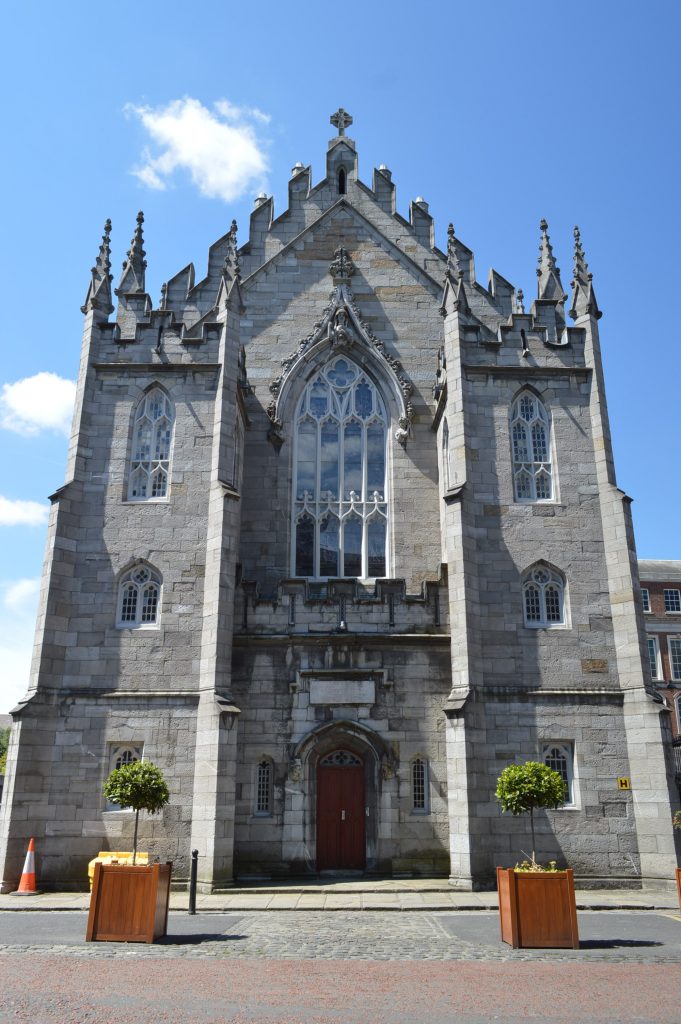
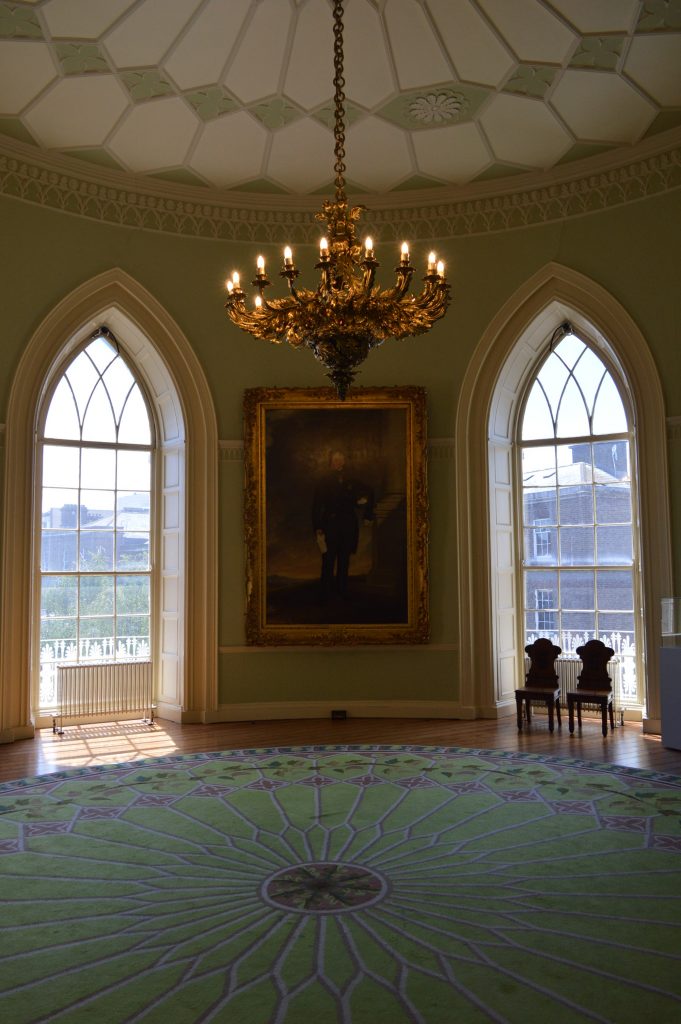

Visit The Temple Bar Dublin, Ireland Points of Interest
The Temple Bar is about a 5 minute walk from the Dublin Castle. Therefore, it is a great place to visit for lunch break after spending the morning at the castle. Indeed, the name of this area is a bit misleading. The term is misleading because Temple Bar is not a single bar, but instead it describes an area of Dublin.
Temple Bar is located in central Dublin on the south bank of the River Liffey. This section of the city center is bordered by the River Liffey to the north, Dame Street to the south, Fishamble Street to the west and Westmoreland Street to the east.
In modern times, it a top Dublin, Ireland points of interest and it is held out as the cultural center of Dublin. However, historically speaking, the Temple Bar was not always so friendly. Due to its location outside the city walls it was subjected to attacks from the native Irish during the 15th century. As a result, it fell into disrepair and misuse. Fortunately, it was reconstructed in the 17th century and remains active to this day.
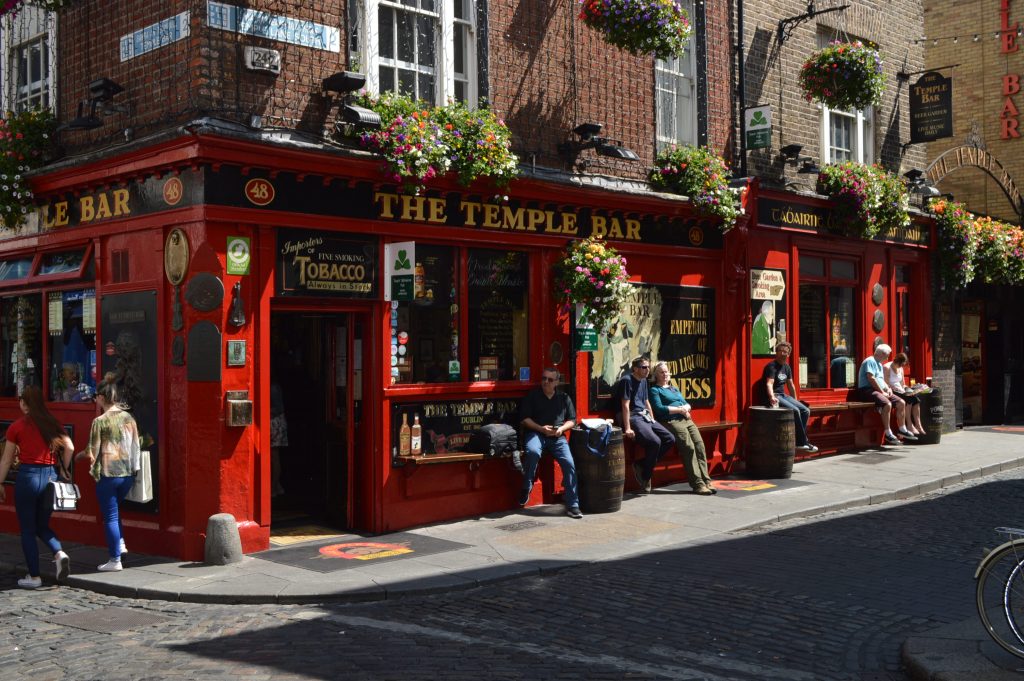
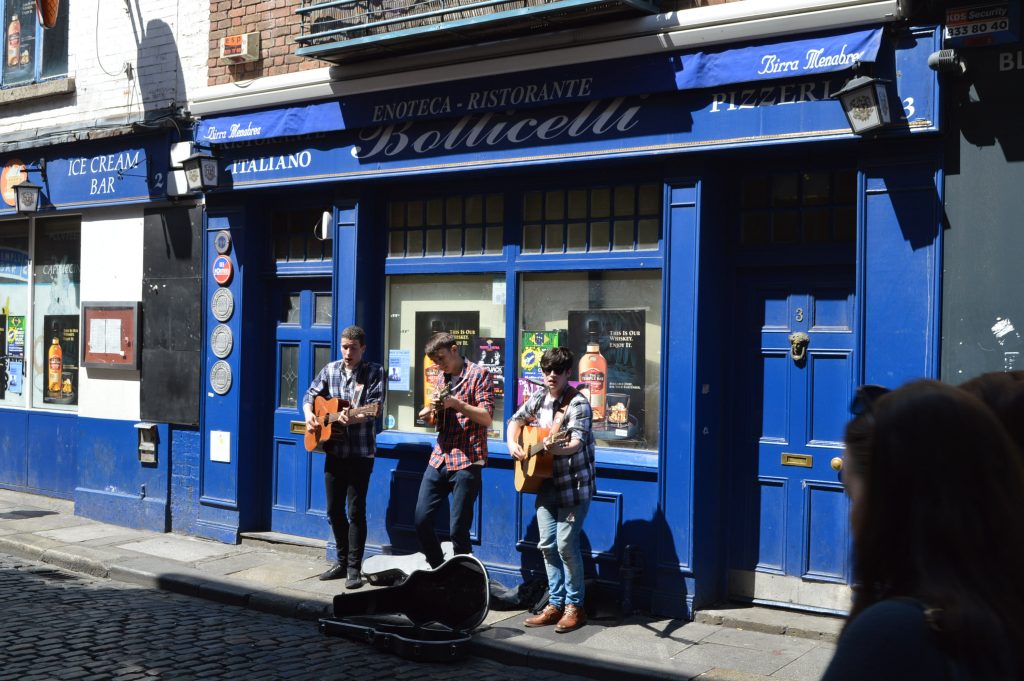

Visit Kilmainham Gaol Dublin, Ireland Points of Interest
Kilmainham Gaol is a notorious prison that is located on the west end of Dublin. It was originally constructed in 1796 and it was finally decommissioned in 1924. The legacy of the prison will always be associated with the oppression of the English. However, it has also been used to pay tribute to the Irish freedom fighters who were imprisoned and executed there.
The living conditions at Kilmainham Gaol were notoriously squalid. Men, women and children were commonly imprisoned together in the same cells. Additionally, up to 5 prisoners would be allocated to each cell which was 28 meters square in area. They would be given a single candle for light and heat which would need to last for a 2 week duration.
Furthermore, the prison was cold and dark most of the time and the prisoners were kept in a miserable state. The situation was exacerbated by the Dublin Ireland weather which is notoriously cold and damp most of the year.
Unfortunately, the population of the prison exploded during the great famine which added to the plight of the prisoners. Many of the prisoners incarcerated at Kilmainham Gaol were eventually transported to Australia.
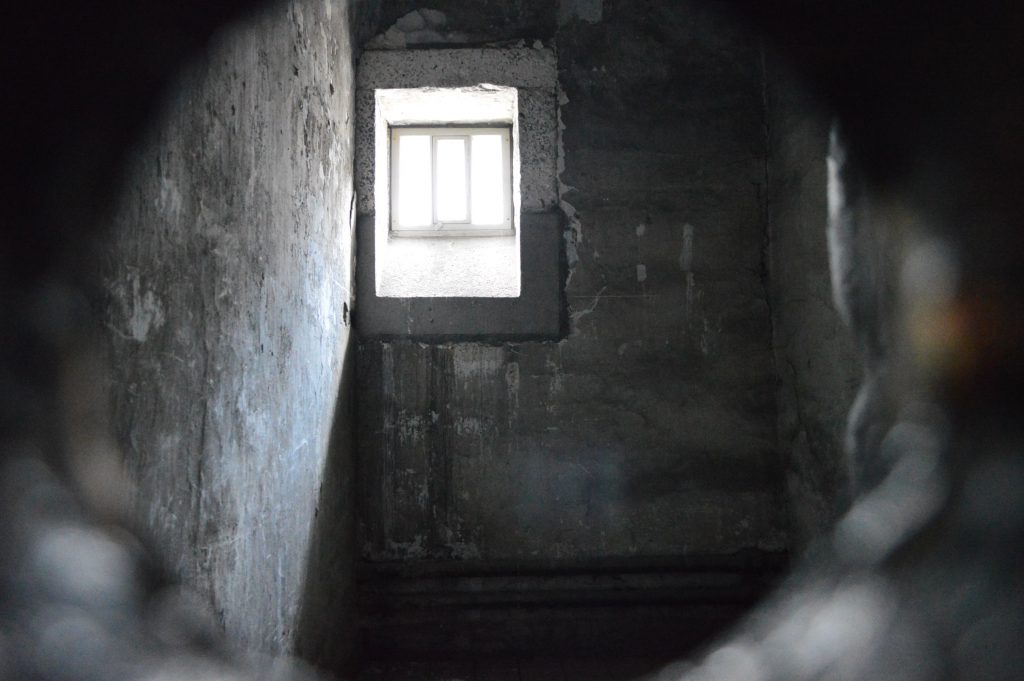

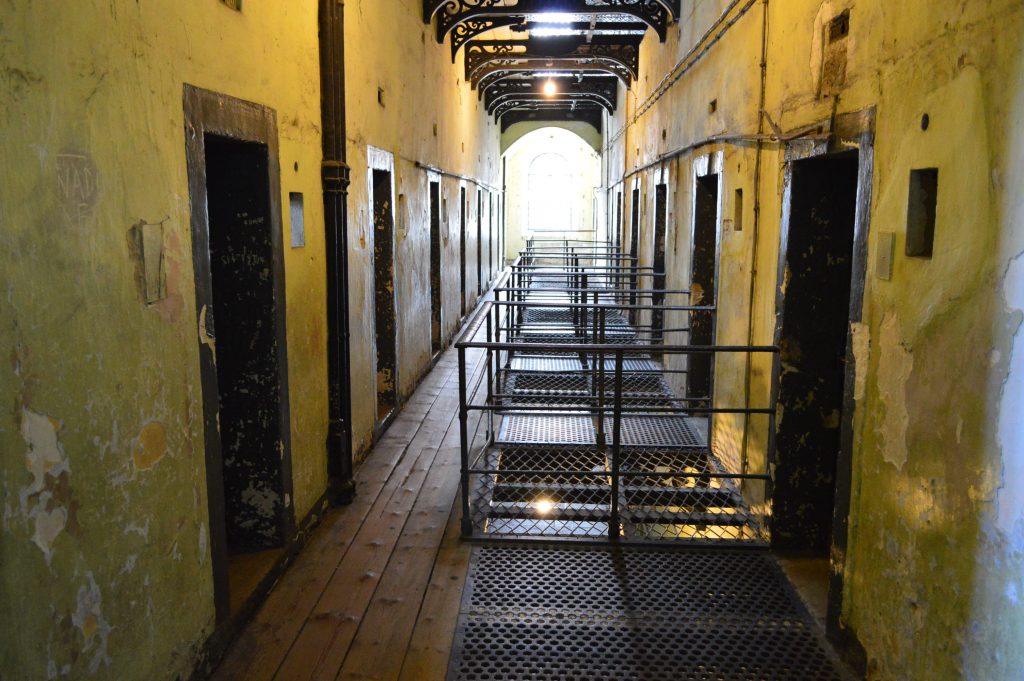
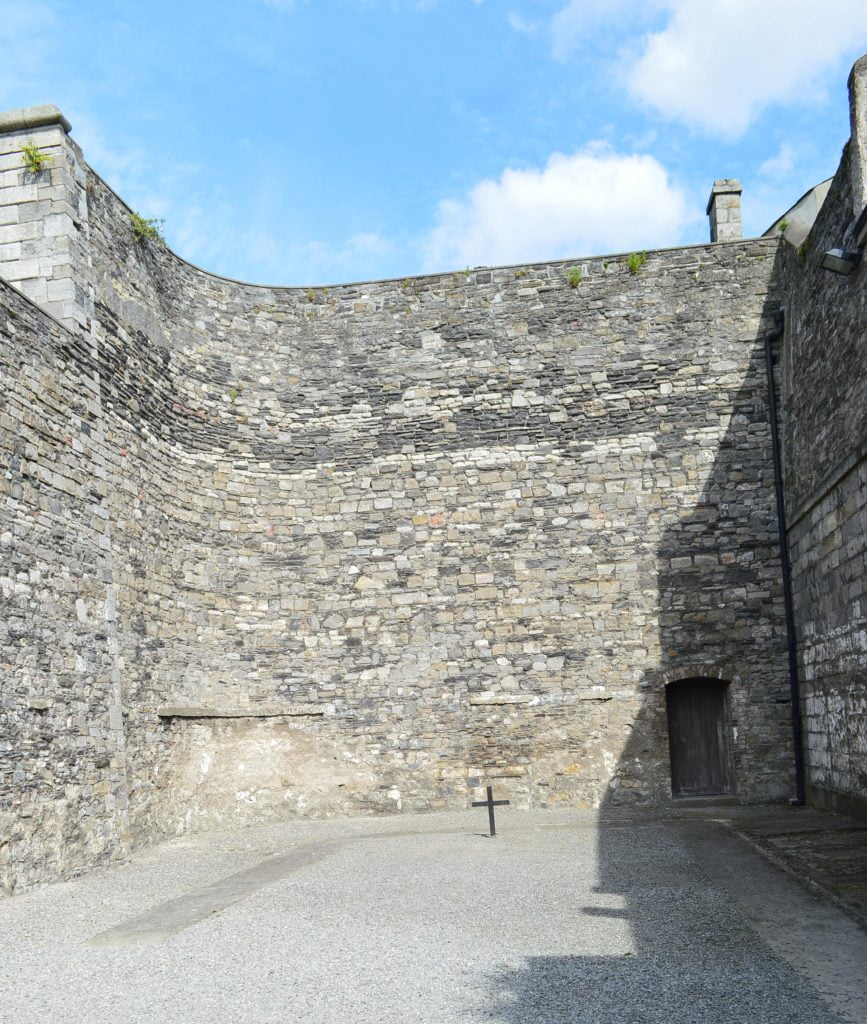
Take a Stroll on the River Liffey


Visit the Oscar Wilde Monument
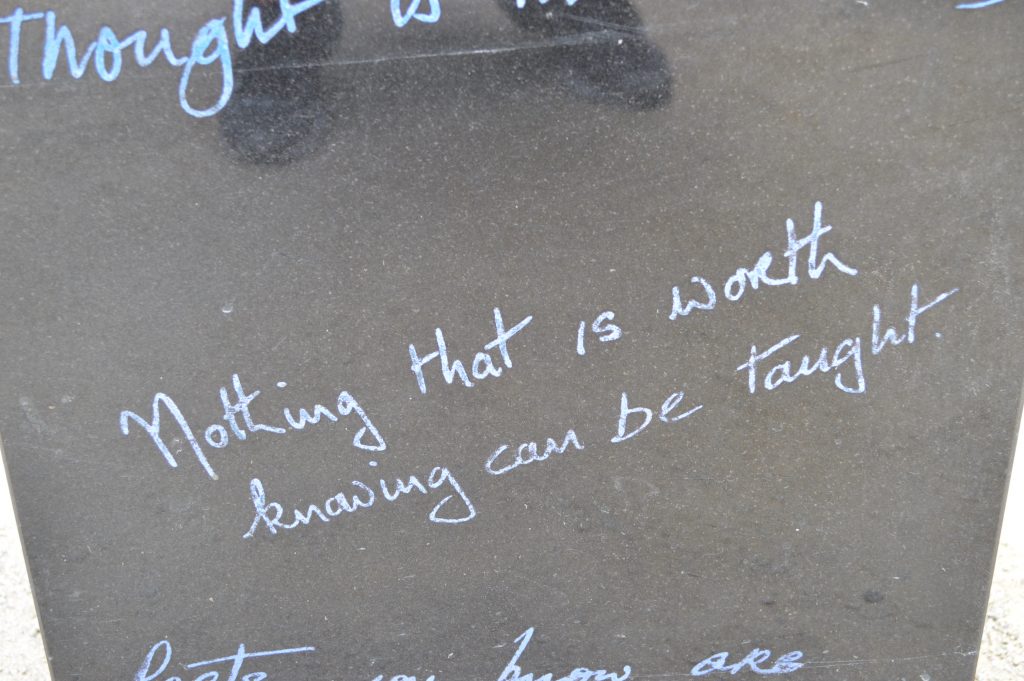
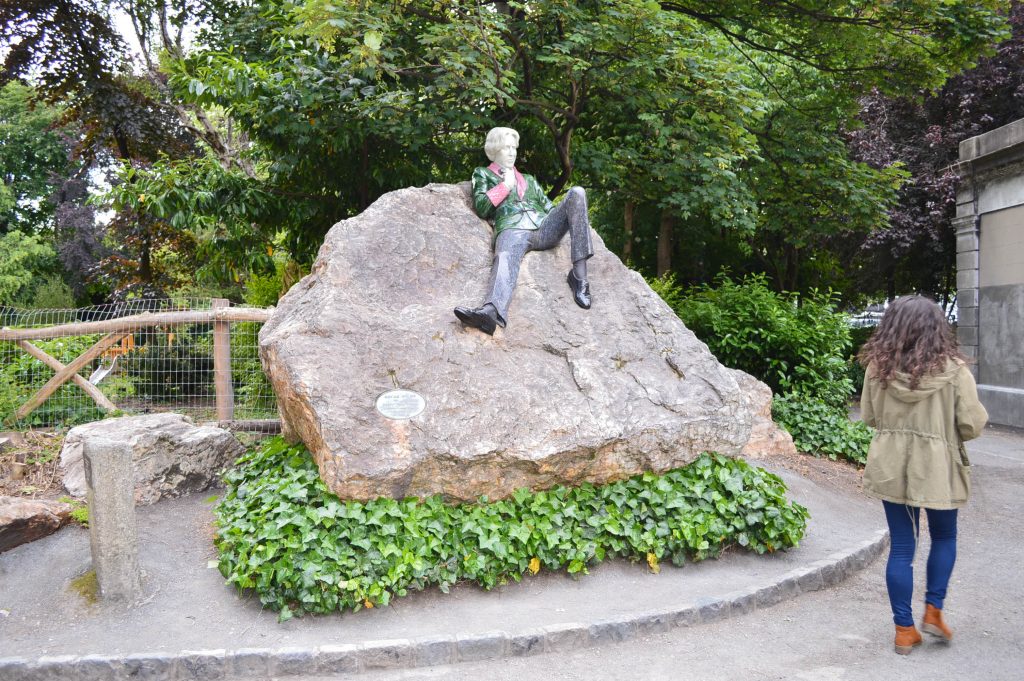
Related Travel Posts:
Visit the Cliffs of Moher
Burren National Park Western Ireland

